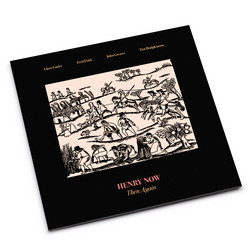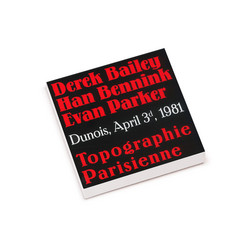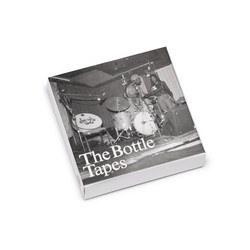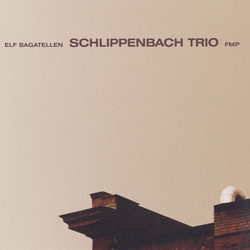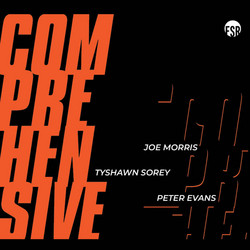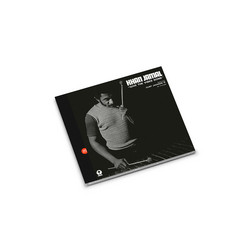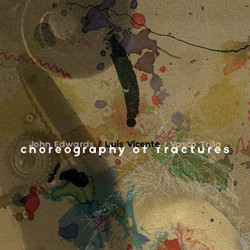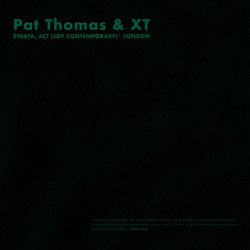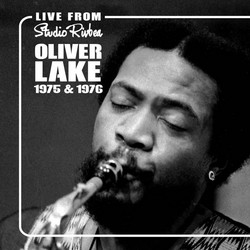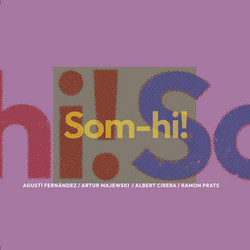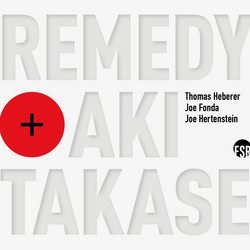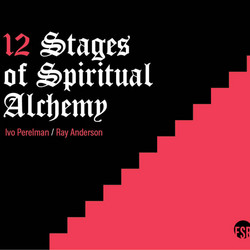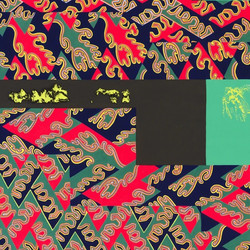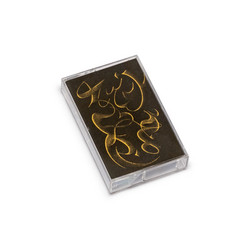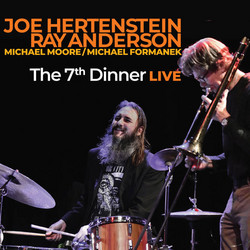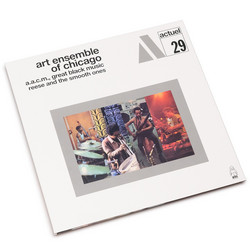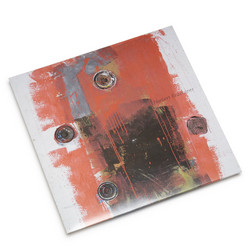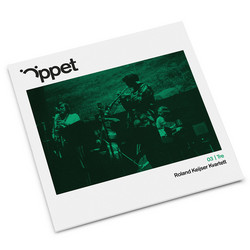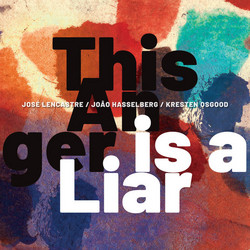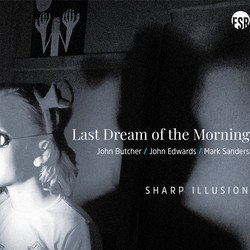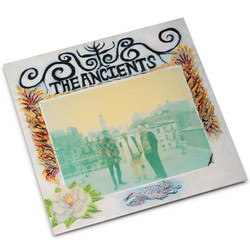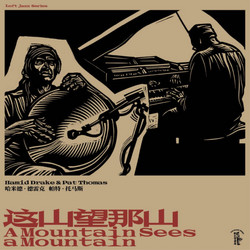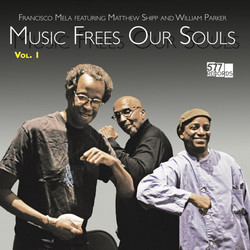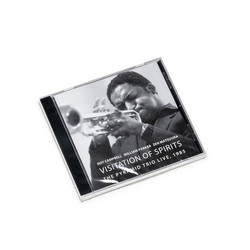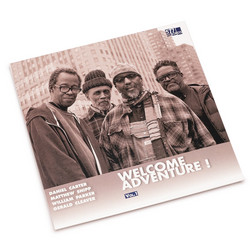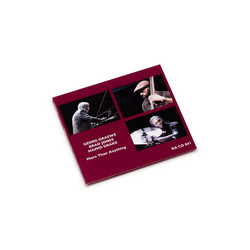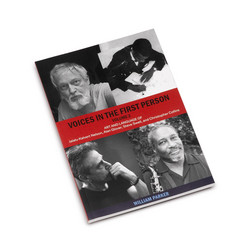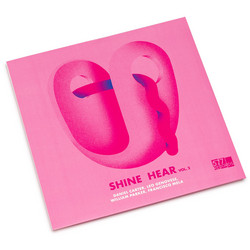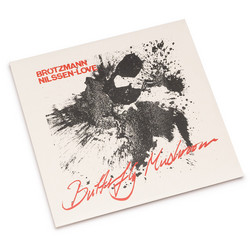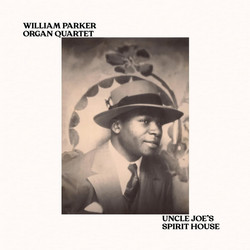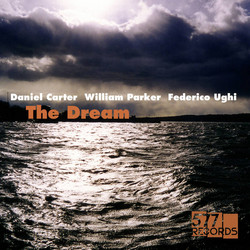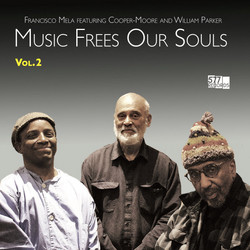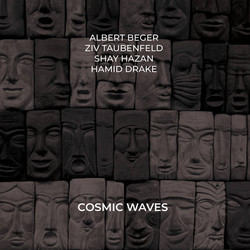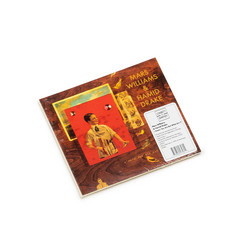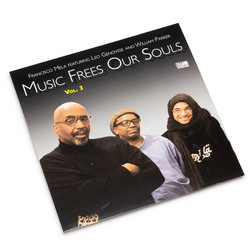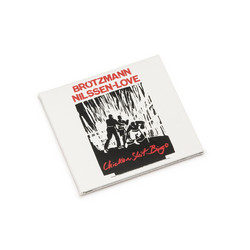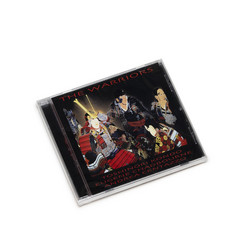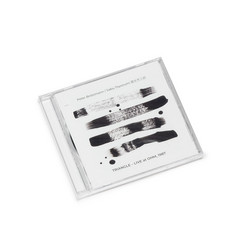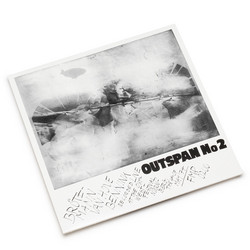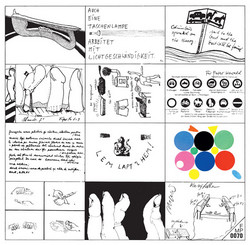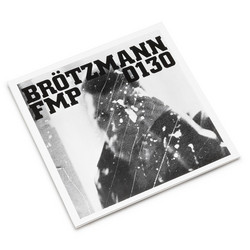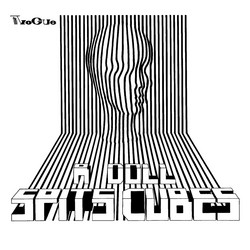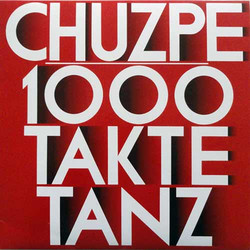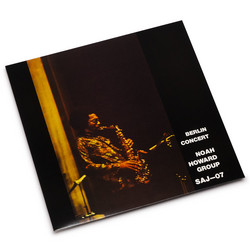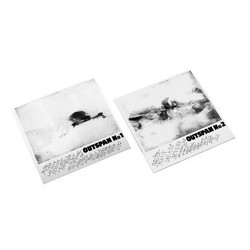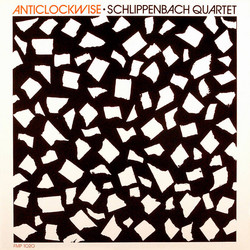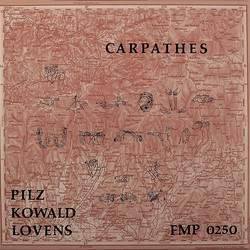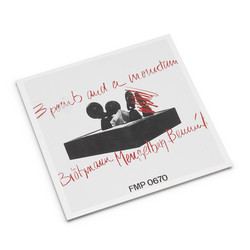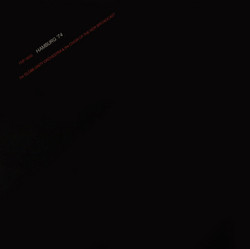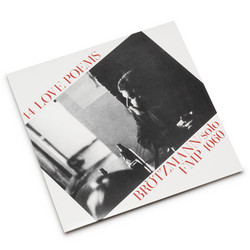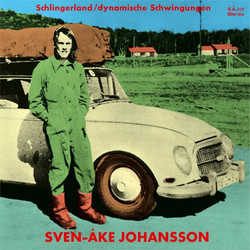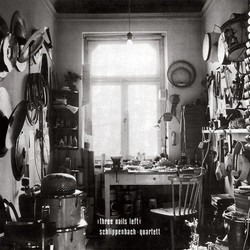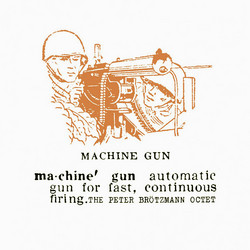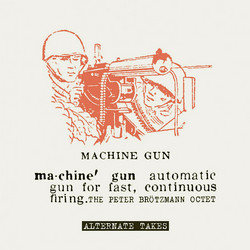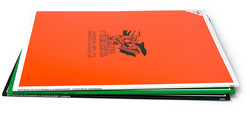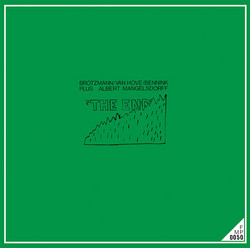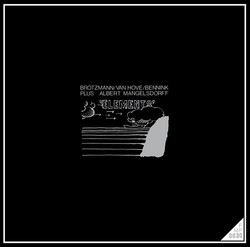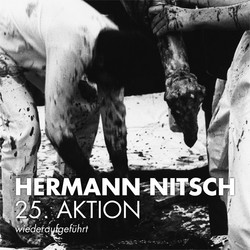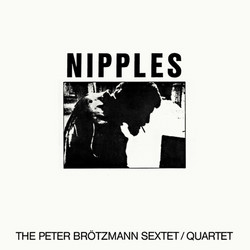Peter Brötzmann, Toshinori Kondo, William Parker, Hamid Drake
Die Like a Dog (Fragments of Music, Life and Death of Albert Ayler) 2LP
Comes in a heavy gatedold sleeve and with printed innersleeves. Peter Brotzmann reflected: "The idea of expressing my love of and admiration for Albert Ayler - both man and music - in a musical statement is not new. We both tried to do similar or almost identical things at the same point in time, each independently and without knowing anything about each other - each of us within his own culture." This album was recorded in August 1993 during the Free Concerts series at Townhall Charlottenburg in Berlin, and was released in 1994 by FMP.
German reedman-composer Peter Brotzmann is, despite an immense catalog spanning over forty years of activity in free music, criminally underrepresented in the format of a "standard" piano-less quartet. From reed-heavy octets and orchestras to the winds-bass-drums power trio, not to mention a long-running trio with percussion and piano, most of the possible formations have been covered. His Die Like A Dog Quartet was the one entry in this instrumental canon in the late 1990s, and produced five records—From Valley to Valley (Eremite, with Roy Campbell, Jr.) and the four discs originally on FMP. Brotzmann is joined by Japanese trumpeter and master of extended techniques Toshinori Kondo and the now-ubiquitous rhythm team of bassist William Parker and drummer Hamid Drake. The phrase "Die Like A Dog" was initially used in concert with the subtitle, "fragments of music, life and death of Albert Ayler." The first volume is indeed just that, Brotzmann's portrait of Ayler, a figure crucial in the saxophonist's development. Death and mortality figure throughout the discs, with titles such as Little Birds Have Fast Hearts and Aoyama Crows.
Kondo is an extraordinarily curious figure whose electronically-abetted phrases contradict and flesh out the stark phrases of the elder tenor man. Rather than a pitch-divided Ted Daniel or wah-wah Miles, Kondo's shrieks and split tones simultaneously demark and make more ambiguous the literal space that Brotzmann, Parker and Drake occupy and surge through. It's not the same sense of "space" that the music of the AACM or Spontaneous Music Ensemble would bring into the picture, rather something more architectural, an expansion of the group's music into something Edgar Varese, Le Corbusier, and Iannis Xenakis might have found appreciable. And it's a kind of riff on the Ayler ensembles' ability to fill earthly space while playing toward the heavens. Instead of raising the temperature and shaking the rafters of a performance hall, Kondo's electrified trumpet does what Bill Dixon (an avowed influence) might refer to as "making the sound into a cube" and "allowing one to walk inside of it," though not precisely in the same way that Dixon has done—bouncing off walls and creating mutable shapes within the air, it's a strange play on reverberation.
